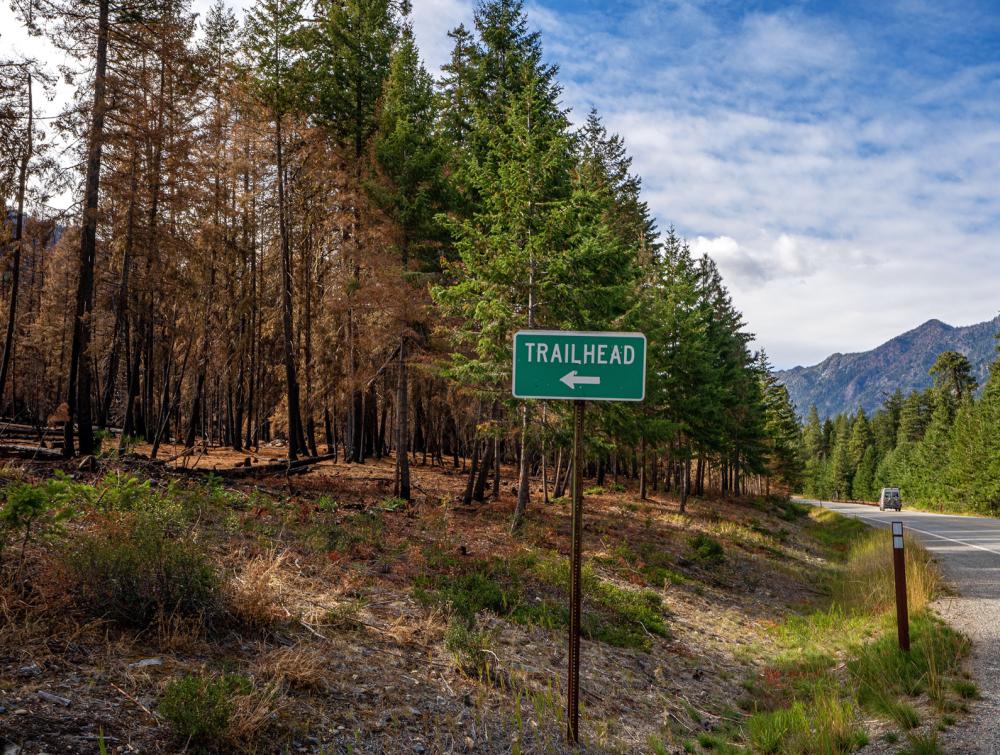Forest Service takes more old growth steps, announces formation of Northwest Forest Plan advisory committee

Okanogan National Forest, WA
Joe Whittle
Northwest Forest Plan updates are opportunity for progress on the administration’s old and mature forest goals
The Forest Service recently announced that it is forming a new federal advisory committee to provide advice and recommendations for sustainable, climate-adapted, wildfire-resilient landscape management across the Northwest Forest Plan area, which encompasses 19 million acres of federal forest lands in Washington, Oregon and Northern California.
The announcement signals one of the administration’s biggest steps forward in old growth protection efforts since President Biden’s Earth Day Executive Order and the Forest Service’s subsequent public comment period in July on the development of a definition framework for old-growth and mature forests on federally managed lands. The Northwest Forest Plan region has an outsized role to play in mitigating the worst impacts of climate change by storing immense amounts of carbon in mature and old forests.
Following is a statement from The Wilderness Society’s Washington State Director Megan Birzell:
“The Northwest Forest Plan is a hugely important tool for the future of our national forests, and it needs to be updated based on the best available science to address increasing threats from wildfires, floods and loss of mature and old forests,” said Megan Birzell, Washington State Director at The Wilderness Society. “Modernizing the management direction for our magnificent national forests is an essential step in addressing the climate crisis. We applaud the Forest Service for bringing focus to this critical part of the country.”
The Northwest Forest Plan – adopted in 1994 – continues to be the largest, truly science-based forest and ecosystem management plan in the country. To date, the Northwest Forest Plan has been successful in a number of ways relating to the integrity of the region’s streams and waterways, salmon health and conserving old growth forests which are critical tools in climate mitigation.
However, the Pacific Northwest and the entire country are facing different challenges from a quarter-century ago when the Northwest Forest Plan was created. Some of the biggest challenges national forests and the communities that depend on them face are around the issues of fire, climate disruption, growing tourism and recreation, diversifying economies and the stability of water resources.
The Biden administration has an opportunity to build off the ecological successes of the 1994 Plan by gathering insights and knowledge from all types of communities in the region – from tribes to rural towns and timber communities, to public health experts, to scientists, to agency representatives. The just-announced advisory committee is an important part of ensuring changes to the Northwest Forest Plan will protect old growth, restore fire and climate resilient forests, and reduce hazardous fuels while supporting restoration economies and Tribal rights and cultural practices.
Additional Resource: Northwest Forest Plan Fact Sheet
CONTACTS:
Kerry Leslie, Communications Director of Climate Solutions, kerry_leslie@tws.org, 415-398-1484
Megan Birzell, Washington State Director, megan_birzell@tws.org, 206-705-7722
